1995 Pasadena Revival
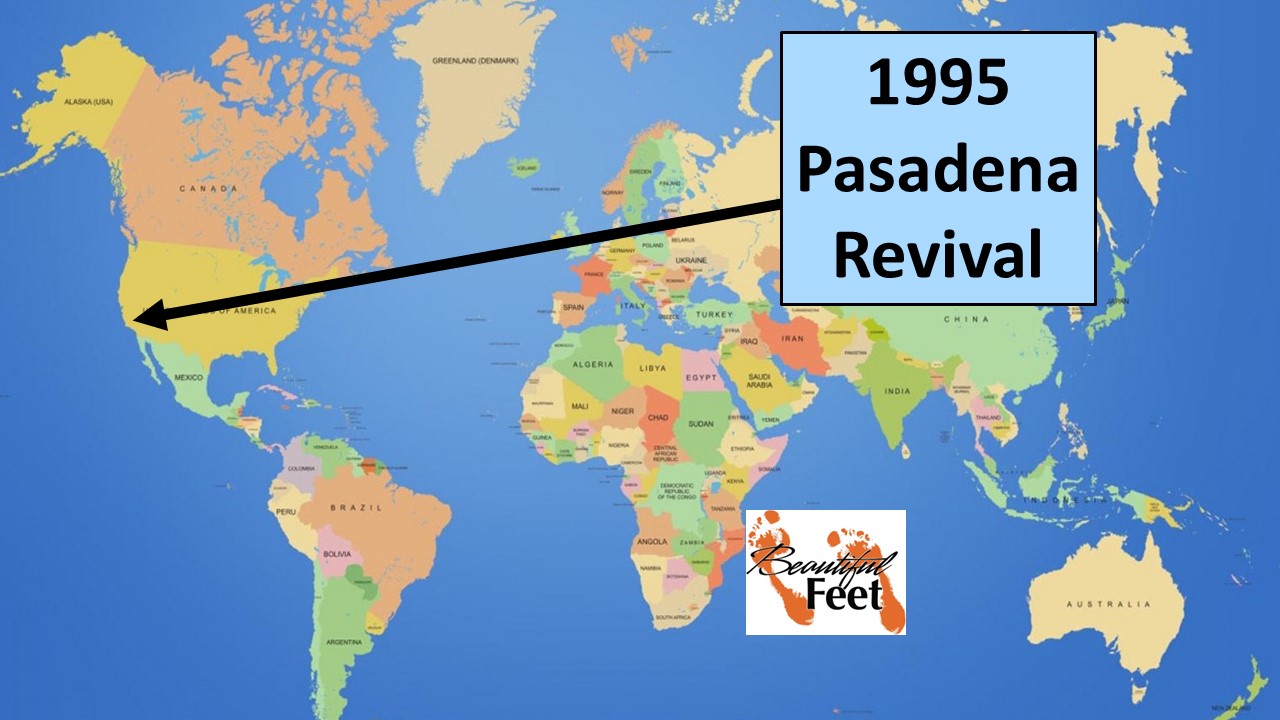
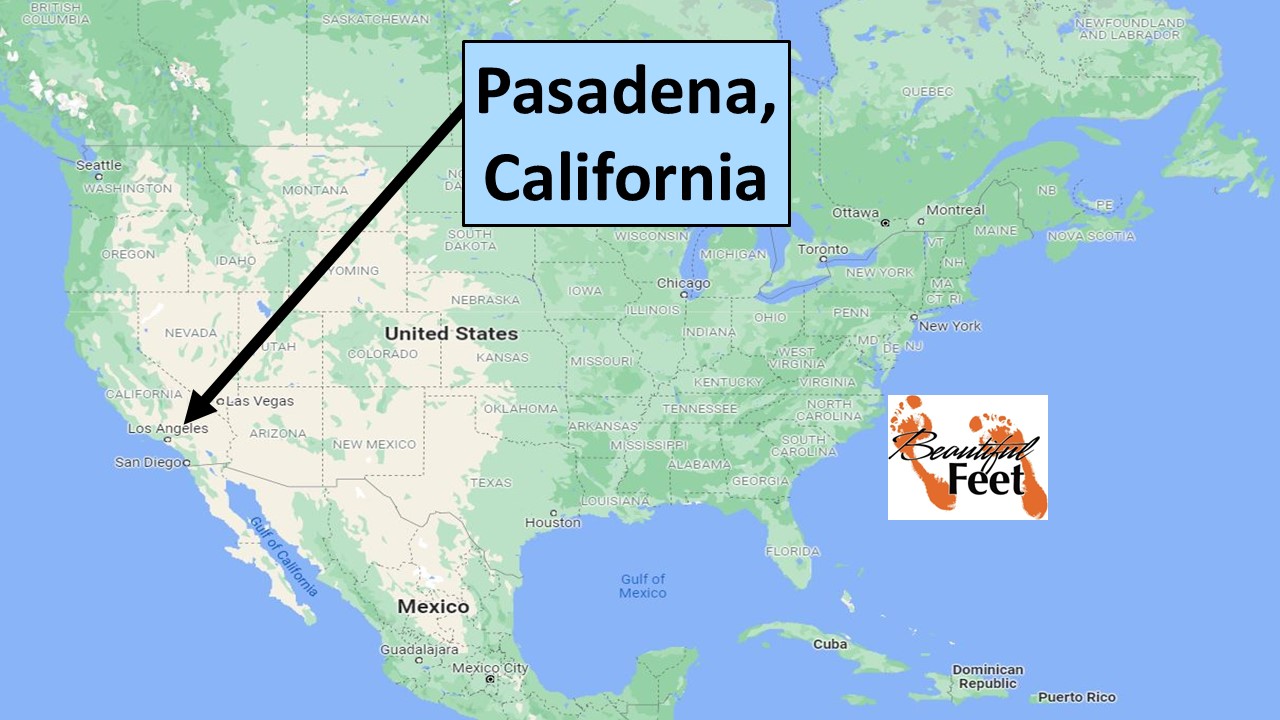
Introduction
As with many revivals, the 1995 Pasadena Revival was sparked by another significant revival: the Toronto Blessing, also called the Father’s Blessing, which began on January 20, 1994. This Toronto revival, in turn, was said to have been ignited by the 1992 Argentine Revival.

Che Ahn
Passing Through the Fires
While Che Ahn was serving as a staff member at a church in Maryland, he had a dream on September 2, 1982, at 4:00 A.M. In the dream, he heard:
The Lord wants you to come to Los Angeles, for there will be a great harvest.
Following this divine guidance, Ahn moved with his family to Los Angeles to start a church. However, the endeavor was filled with challenges. Ahn endured a decade of disappointment and even resonated with a sentiment he heard during that time:
The 1980s were from Hades.
In the early 1990s, disagreements arose between Ahn and the larger organization he was part of, particularly over its decision to place an indefinite hold on world mission efforts. This decision directly impacted Ahn’s church. Despite nearly two decades of relationships within the organization, Ahn felt their visions were no longer aligned. In 1993, he parted ways and handed the church leadership to another pastor.
Facing deep depression, financial pressures, and the loss of long-time friends, Ahn contemplated leaving ministry altogether.

Lou Engle
Renewal at Vineyard Fellowship’s Annual Conference
In 1994, Che Ahn and his ministry partner, Lou Engle, attended the Association of Vineyard Churches annual conference. During the conference, they experienced a profound outpouring of the Holy Spirit that transformed their lives. Ahn’s depression lifted immediately, and he declared that he was “once again in love with Jesus.” This marked the beginning of a personal revival for Ahn.
One of the guest speakers, Mahesh Chavda, prayed for Ahn during the conference, resulting in a powerful impartation that left him overwhelmed by the presence and power of God.
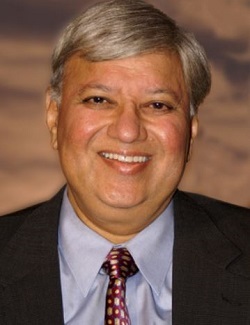
Mahesh Chavda
Evidence of an Impartation
The following week, Ahn and Engle participated in a youth conference. There, they realized they were carrying fire for revival that was transferable. As they prayed for the young attendees, the same power and presence of God they had experienced at the Vineyard conference was released upon the youth.
During the conference, a 13-year-old girl, blind in her left eye, asked Ahn to pray for her. Although Ahn had prayed for others with little success before and lacked faith for a miracle now, the girl’s faith prevailed. When Ahn prayed, her eye was miraculously healed.
Startup of Harvest Rock Church in Pasadena
Encouraged by renewed faith, Ahn began hosting prayer meetings in March 1994, starting with 30 attendees at his home. The following week, the group doubled to 65.
Their first public prayer meeting was held at a neighboring church, attracting over 300 people. Most attendees were not seeking a new church but were eager for a touch from God. As the meetings grew, Ahn announced the formation of a new church, Harvest Rock Church, while encouraging attendees to remain at their home churches unless they felt led to join.
At the following Saturday’s prayer meeting only 150 were in attendance, yet it grew to 250 by the end of 1994. These gatherings consistently featured an outpouring of the Holy Spirit.
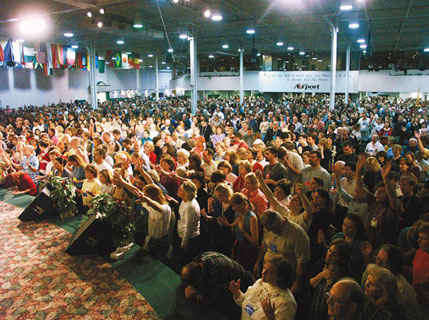
Toronto Airport Vineyard Church
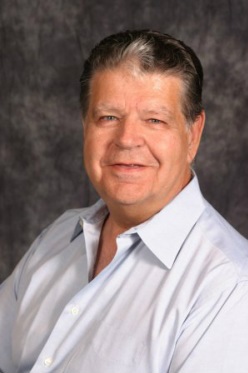
John Arnott
The Toronto Connection
From January 20, 1994, the Toronto Airport Vineyard Church had been experiencing revival. In October 1994, Ahn and Engle visited the Toronto revival and connected with its pastor, John Arnott, inviting him to Pasadena to lead revival services.
In preparation for Arnott’s three services from January 2–4, 1995, Ahn collaborated with 25 other pastors to host the meetings at the largest facility in Pasadena, the Mott Auditorium. On the opening night, over 2,000 people attended, and over the next two nights, the power of God moved through signs, wonders, and healings.
The revival brought spiritual awakening to the Pasadena area and led to the merging of three churches with Harvest Rock Church. In March 1995, Harvest Rock officially joined the Vineyard movement.
Revival Services (Protracted Meetings)
During his three days of ministry in Pasadena, Arnott encouraged Harvest Rock Church to hold protracted meetings, similar to the Toronto revival. Initially reluctant, Ahn reconsidered after Wes Campbell led another powerful revival service the following month and echoed Arnott’s suggestion to hold protracted meetings.
Continuous Revival Services
Following prayer and prophetic guidance, Harvest Rock Church began hosting 5–6 services per week starting March 24, 1995, with John Arnott leading the initial meetings. These services continued nightly for 21 days and then five nights per week for over a year and a half.
With growing crowds and sustained revival, Harvest Rock Church relocated to the Mott Auditorium, remaining there until May 2004, when they purchased and moved to the Ambassador Auditorium. (In December 2024, the Ambassador Auditorium was listed for sale at $45 million.)
Conflict Accompanies Revival
Sadly, conflict has always been a common aspect of revival; Satan often works to ensure it occurs. The revivals in Toronto and Pasadena were no exceptions. Due to differing opinions, Toronto Airport Vineyard Church, Harvest Rock Church, and many other Vineyard churches chose to withdraw from the Vineyard fellowship and establish new fellowships of churches, which Arnott and Ahn referred to as Apostolic Networks. In 1996, Arnott founded Catch the Fire, while Ahn launched Harvest International Ministry in the same year.
Results of the Pasadena Revival
► Profound conviction of sin by the Holy Spirit.
► Thousands experienced salvation.
► True repentance, holiness, and victory over sin.
► Children received visions of angels.
► Deliverance from demonic oppression.
► Reconciliation within families.
► Marriages were restored.
► Churches were planted worldwide.
► A renewed call to prayer.
► Establishment of Harvest International Ministry, a global apostolic network with over 25,000 affiliates in 65+ nations.
► The launch of TheCall, a prayer ministry led by Lou Engle, uniting hundreds of thousands globally.
Sources
► 1994 Toronto Blessing by Beautiful Feet
► Say Goodbye to Powerless Christianity by Che Ahn
► Ambassador Auditorium by Wikipedia
Return to List of Revival Stories
Chet & Phyllis Swearingen:
Office: (260) 920-8248
romans1015@outlook.com
Beautiful Feet
P.O. Box 915
Auburn, IN 46706

